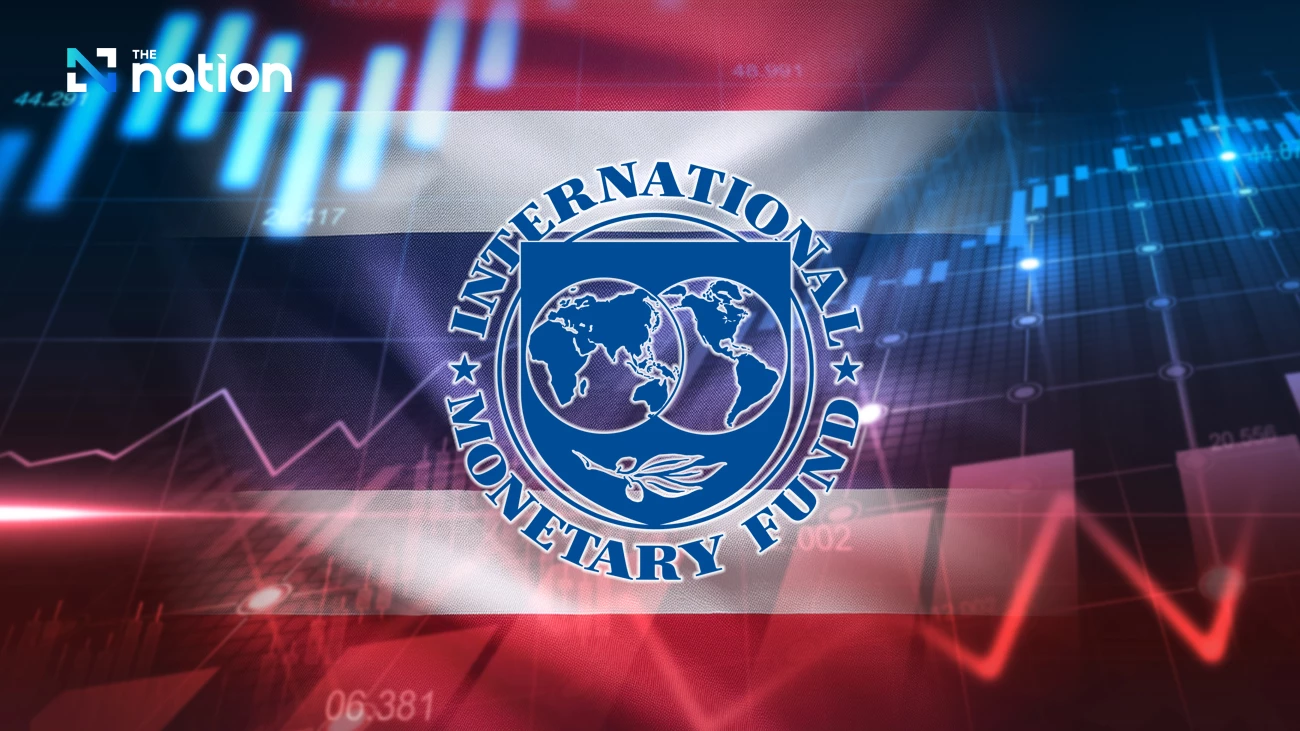In its report “Assessing Thailand’s Debt Ceiling – Is There Room for Adjustment?”, the IMF noted that Thailand’s public debt rose to 63% of GDP by the end of fiscal year 2024 and is expected to remain elevated. The current ceiling of 70% of GDP was raised from 60% in September 2021 to accommodate pandemic-related spending.
While the ratio is still below the ceiling, the IMF stressed the importance of fiscal prudence to ensure sufficient space to absorb future shocks. It estimated Thailand’s debt limit, the threshold beyond which debt becomes unsustainable or undermines economic growth, at between 77% and 87% of GDP, with a median of 82%.
However, the IMF argued that an appropriate ceiling should include a “safety margin” to act as a buffer against macroeconomic risks. Its simulations factored in contingent liabilities of around 3% of GDP every six years and additional spending needs of 0.7% of GDP annually for climate adaptation, human capital investment and ageing-related costs. When these were included, the sustainable debt ceiling for Thailand could fall to around 66% of GDP.
The IMF added that if external shocks become more frequent or if larger fiscal stimulus packages are required, Thailand would need to expand its safety buffer and set the debt ceiling even lower.
IMF urges Thailand to reinstate 60% debt ceiling, warns of rising off-budget liabilities
With Thailand’s public debt ratio edging close to the 70% ceiling, the IMF has advised the government to bring debt back below 60% of GDP over the medium term and to reinstate the 60% cap. The recommendation aims to preserve fiscal space for future crises.
The IMF also called for an overhaul of Thailand’s fiscal framework, suggesting a risk-based approach in which deficit targets become stricter as debt nears the ceiling. This would help strengthen fiscal discipline and reduce vulnerability to shocks.
Concerns over off-budget borrowing
The Fund warned that transparency must be improved to avoid “debt surprises”, especially from off-budget borrowing. During the pandemic, the government approved a 1.5-trillion-baht package — equivalent to 8.9% of GDP in fiscal year 2019 — outside the budget process. While the measure enabled rapid crisis response, it reduced transparency and accountability in public finances.
The IMF further highlighted quasi-fiscal operations under Section 28 of the Fiscal Responsibility Act, such as subsidies channelled through state-owned enterprises. These, it said, weaken expenditure control and add to debt pressures. The Fund recommended that Thailand improve reporting on the scope of off-budget measures and assess potential contingent liabilities more systematically to ensure fiscal transparency.
NESDC urges fiscal reform to safeguard against future crises
Danucha Pichayanan, secretary-general of the National Economic and Social Development Council (NESDC), has called for comprehensive fiscal reforms to strengthen Thailand’s resilience before a potential crisis emerges.
He noted that the Thai economy is expanding amid mounting challenges, including global trade and investment volatility, a fully aged society, rapid digital transformation and intensifying climate change. At the same time, fiscal space is narrowing due to declining revenue collection and rising public expenditure, pushing public debt higher. This, he warned, risks constraining economic growth and undermining the country’s credibility.
Key reform priorities
The NESDC recommended a series of fiscal reforms:
Revenue restructuring through regulatory improvements to capture new income sources and revising tax rates where appropriate.
Spending efficiency by reviewing public expenditures and shifting to more targeted welfare policies to reduce duplication.
Structural stimulus via long-term economic development measures.
Sustainable debt management to ensure fiscal stability.
Public sector reform and private sector engagement to enhance competitiveness and foster sustainable growth.
